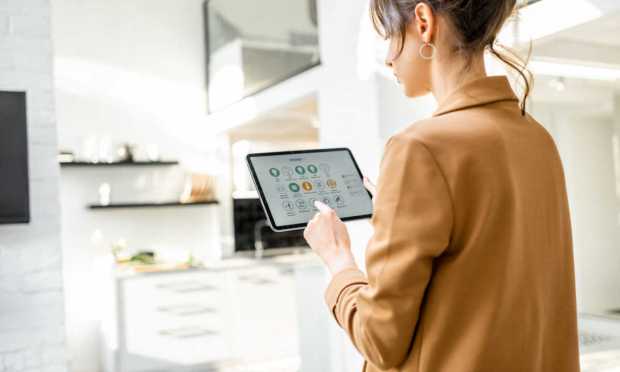
Many homeowners can relate to the perpetual cycle of having do-it-yourself (DIY) projects and home improvements linger indefinitely on their to-do lists. However, amid this common struggle, digital tools are emerging to transform the way consumers approach and manage these tasks.
Thumbtack’s recent unveiling of its comprehensive home management app, which introduced 30 new features, highlights this growing trend.
Citing data that nearly 70% of homeowners admit to putting off essential home projects due to feeling overwhelmed, the home services platform operator emphasized that the app provides guidance on what projects to prioritize, when to tackle them and who to hire, presenting a streamlined approach to navigating the costs and complexities of homeownership.
“Two things are true about today’s homeowners: they plan to stay and invest in their homes for decades, yet they delay essential upkeep and value-add improvements because they don’t know where to start,” Marco Zappacosta, co-founder and CEO of Thumbtack, said in a Tuesday (Apr. 2) press release.
Zappacosta added: “This digitally native generation wants to manage their homes the way they run the rest of their lives — on their phones. Our all-in-one app brings the support and peace of mind homeowners need.”
At the heart of Thumbtack’s latest offering lies the ‘Home Profile’ feature, a digital repository housing key details about one’s residence such as address and systems. Leveraging AI-driven insights and real-time data, homeowners can access personalized suggestions on seasonal and weather-based recommendations, as well as tips on how to break down complex projects.
Additionally, the app’s AI-powered search functionality and instant booking capabilities enable users to connect with a network of skilled professionals spanning over 100 categories, from Heating, Ventilation, and Air Conditioning (HVAC) technicians to landscapers.
But beyond the individual features and functionalities lies a broader trend reshaping the way consumers interact with their living spaces.
The proliferation of smart home devices — from thermostats and security cameras to lighting systems and appliances — has ushered in a more interconnected home ecosystem. These devices, often controlled via smartphone apps, offer unprecedented convenience and control, allowing homeowners to monitor and manage various aspects of their homes remotely.
According to PYMNTS Intelligence research, the average consumer now owns six of such devices, with millennials and bridge millennials leading the way with an average of seven devices each.
The study also highlighted a consistent rise in the adoption of smart home devices and connected appliances. For instance, ownership of smart refrigerators rose from 5% in 2019 to 9% in 2023, while connected thermostat ownership climbed from 10% to 15% during the same period. These figures underscore the increasing reliance on smart technologies to streamline household tasks and enhance overall living experiences.
Beyond convenience, smart home devices are also recognized for their contribution to improving home security. In fact, PYMNTS Intelligence research found a 31% jump in consumers utilizing smart home technology for enhancing security, while 33% more are employing devices such as Nest or Philips Hue to monitor and safeguard their residences.
The study also found that an additional 21 million people adopted smart home gadgets in 2022.